The VRFA
The VRFA proudly serves the Washington State Communities of Algona, Auburn, and Pacific.
The Valley Regional Fire Authority (VRFA) was formally established on January 1, 2007, joining existing resources from the Auburn and Pacific Fire Departments.
The VRFA provides critical fire and life safety services to the approximately 99,000 citizens residing in the 34 square miles of Algona, Auburn, and Pacific. Oversight of the VRFA is provided by a nine-member Governance Board consisting of the Mayor and two council members from each participating city.
The VRFA is an internationally accredited fire department through the Commission on Fire Accreditation International. There are approximately 335 accredited agencies worldwide, including 8 agencies in Washington State.
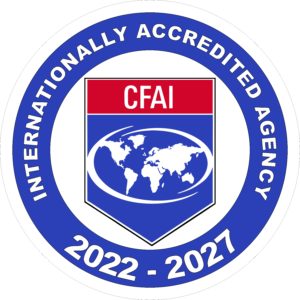
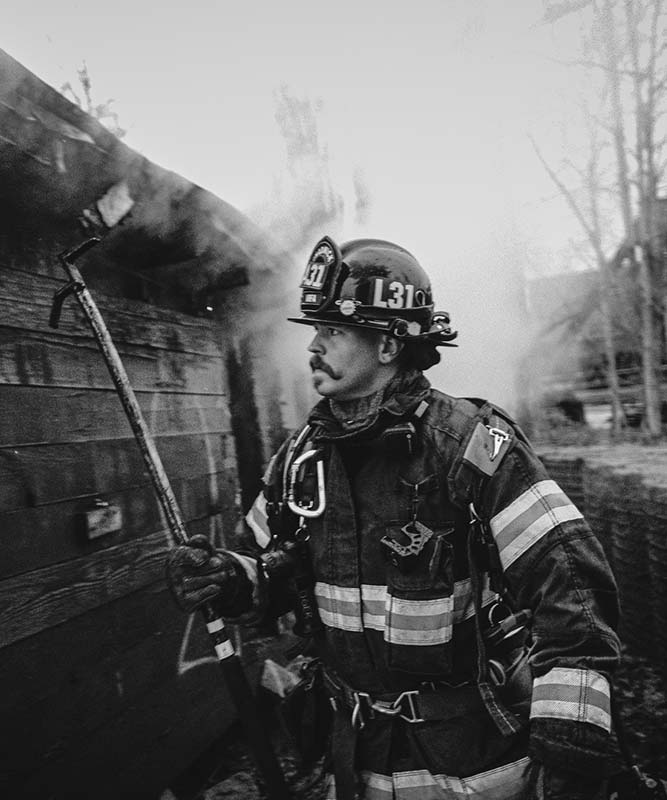
Our Mission
We serve the whole community. The VRFA saves lives and protects property through reliable emergency services, preparedness and prevention.
Our Vision
Creating the safest community to live, work and visit.


Our Guiding Values consist of Selfless Service, Integrity and Grit.
Operations & Training
The Operations Division of the VRFA oversees emergency response to the community. Firefighters respond to calls for service from five stations strategically located throughout our response area.
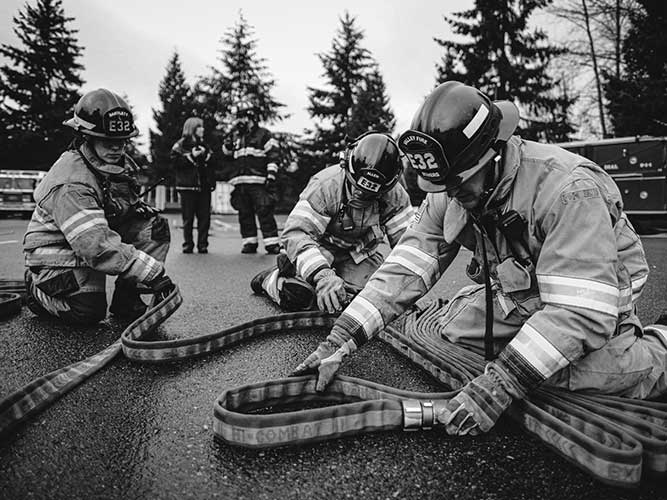
The firefighters of the Valley Regional Fire Authority are cross trained in multiple disciplines, and the delivery of fire suppression services is just one of these disciplines. In addition to fighting residential, commercial and wildland fires, firefighters are called upon to control destructive water leaks, investigate suspicious odors, help with storm damage, perform complex rescues, and much more.
A fire engine serves as the platform for delivering these services. Besides being outfitted with fire hose, water and pumps, a fire engine carries a diverse assortment of other tools. These include hydraulic rescue tools, chain saws, specially designed wrenches and hand tools, pry bars, hammers, absorbent material, traffic cones, air monitors and much more. Every day the firefighters inspect and maintain their equipment to ensure that it is ready to perform when you need it. In addition, more complex equipment is maintained either through outside vendors or specially trained firefighters. For example, Firefighter/Respiratory Specialists are responsible for the maintenance and testing of all self-contained breathing apparatus.
VRFA fire fighters always work in teams of two or more. Each of our fire engines is staffed 24 hours per day with a minimum of two firefighters and one Captain. We may also respond to 911 calls in an Aid Unit with two firefighters. A Battalion Chief is on duty around the clock to manage all emergency responses and assets.
Occasionally the VRFA may partner with neighboring fire response organizations for incidents requiring a large number of personnel and equipment. This collaborative approach maximizes resources and saves tax dollars.
Wildland Firefighting: The VRFA maintains several members with specialized wildland firefighter training as well as equipment. This training is beneficial for wildland/urban interface fires in our service area as well as throughout the state and country, in fact our personnel have assisted with several wildfire mobilizations in Washington, Oregon and California.
Urban Search and Rescue: The VRFA has personnel assigned to Washington Task Force 1, a FEMA Urban Search and Rescue Team serving the northwest region of the country. Twenty-eight of these USAR teams are strategically located throughout the United States with the mission of assisting rescue operations in large scale, federally declared disasters.
Training: The VRFA is a partner in a multi-department training consortium, the South King County Fire Training Consortium (SKCFTC). This concept combines the training resources of several local fire departments to design, develop and deliver training that meets fire service industry standards and makes operations more consistent across agencies that may respond to emergencies together. Training is provided in the areas of auto extrication, live fires, emergency medical services, mass casualty incidents, technical rescue, confined space rescue, hazardous materials, rope rescue, trench rescue and more.
In addition to fighting fires, the VRFA provides Basic Life Support (BLS) services to our communities. Every VRFA firefighter is a state certified Emergency Medical Technician and Defibrillation Technician (EMT-D). Our firefighter/EMT-Ds are trained to deliver oxygen therapy, perform blood sugar monitoring, administer epinephrine, perform cardiac defibrillation, and identify and treat a myriad of medical and traumatic emergencies. VRFA firefighter/EMT-Ds work under the guidelines established by our Medical Program Director, a University of Washington/Harborview Medical Center physician.
VRFA aid units are staffed around-the-clock with two firefighter/EMT-Ds, and our engine companies have a minimum of three firefighter/EMT-Ds available 24/7. The VRFA also works closely with King County Medic One, regional hospitals, and private ambulance companies to ensure that our citizens receive the very best in pre-hospital care.
As BLS providers, the VRFA is part of King County’s tiered-response system, where firefighter/EMT-Ds provide initial response to 911 calls and King County Medic One paramedics provide Advanced Life Support (ALS). This internationally renowned system is widely considered a model for pre-hospital emergency medical care and is funded through the voter approved Medic One Levy. In fact, the VRFA annually receives operating revenue generated through this levy.
In early 2016, the VRFA, King County Emergency Medical Services division, and South King Fire & Rescue embarked on a pilot program to address the increasing number of 911 calls received by EMS agencies for non-emergent issues. The program provided an EMS response via two firefighter/EMTs on less emergent calls in non-transport capable vehicles to provide basic patient evaluation, assistance, specific basic life support treatment on scene, and arrange for transport if medically necessary. The program looked at alternative ways to find treatment for these non-emergent patients and direct them to medical care appropriate to their needs.
In 2018, with the help of King County EMS levy funds and the addition of professional social workers, the Community Assistance, Referrals, and Education Services (CARES) unit was established to assist with assessing patient care needs and providing referrals and resources for those with aging issues and chronic diseases and high 911/EMS utilization. By 2020, two additional social workers were added, further increasing capacity to assist patients in connecting with needed services. Also, in 2020, CARES partnerships expanded to include CARES in the service areas of neighboring jurisdictions.
In 2022, the stand-alone VRFA CARES program was created, with continued funding from the King County EMS levy funds. VRFA CARES operates a referral-based model, offering CARES services in the VRFA and Mountain View Fire & Rescue service areas. VRFA CARES strives to reduce community risk and build healthy communities by meeting underlying healthcare, human, and social service needs for CARES-enrolled patients of the VRFA and contracted service areas.
In 2024, in response to the rising rates of opioid overdoses in South King County, a new initiative was launched to improve access to Medications for Opioid Use Disorder (MOUD) and harm reduction services. Valley Regional Fire Authority (VRFA) will play a key role in this project by identifying individuals with Opioid Use Disorder (OUD) and connecting them to essential services through a partnership with Health Point – Auburn. This collaborative effort establishes a strong linkage between public safety and healthcare providers, creating a cohesive support network for those battling OUD. The project is a 5-year grant funded by the Centers for Disease Control and Prevention’s Overdose Data to Action program, which focuses on limiting overdose deaths through local collaborative actions.

The VRFA serves a diverse geographic area with steep ravines, lakes, rivers, and a significant industrial community. We are often summoned to provide specialized rescue services in these unique areas, so we maintain specially trained firefighters and tools to meet these demands.
The VRFA provides resources to a regional response group that routinely responds throughout South King County and North Pierce County. These responses to high-risk/low-frequency events, such as water rescue, are coordinated between several different emergency response agencies.
The VRFA Technical Rescue Division maintains 12 trained rescue specialists, divided among four operational shifts, proficient in rope rescue, surface water, and swift water rescue. These specialists complete required certifications and technical rescue training in addition to all other mandatory firefighter and EMT training.
In addition to technical rescue operations, the VRFA also responds to hazardous materials spills and releases, with firefighters trained to respond to the initial stages of the incident. If a significant hazardous materials incident occurs within our response area, we rely on assistance from other South King County fire departments who maintain trained hazardous materials technicians to mitigate these larger spills and releases.
In our daily role of providing emergency services, we bear witness to extremely stressful situations and sometimes tragic outcomes. These events are difficult for both the families involved and our emergency responders. To help those who are experiencing this crisis-related trauma, local volunteer faith leaders have partnered with the VRFA and local police departments to create a chaplaincy program.
After passing the necessary background checks, Chaplains receive training regarding emergency response procedures and are introduced to staff at both fire and police agencies. Once properly prepared, they are added to the list of chaplains available for dispatching to emergency scenes when needed.
A Chaplain may be called out day or night, to the streets, into homes or local businesses. There may also be a need to go beyond the support provided at the original scene, providing follow-up care or conducting a memorial service.
Chaplain Jay Coon, who has served many years for both fire and police, described the position in these words:
“Chaplaincy is about being called to serve humanity in the time of greatest need. To humbly comfort, care and counsel those who are experiencing a variety of trauma during an unprepared crisis. Chaplains also serve alongside men and women in uniform, to provide encouragement, support, or sometimes just a listening ear. To serve in such a capacity is a deep honor and an incredible opportunity.”
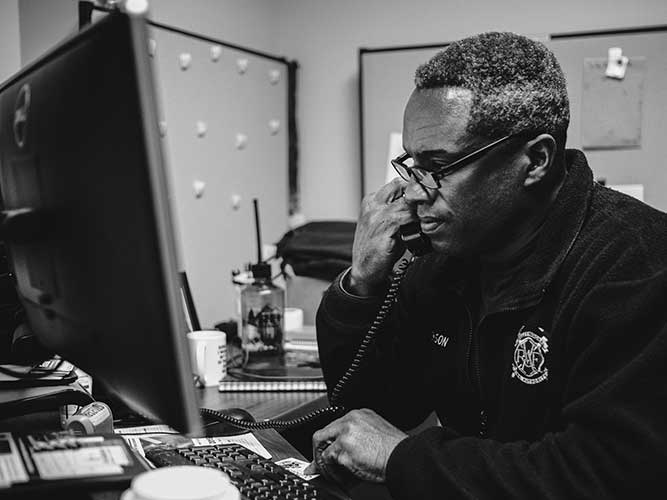
Community Risk Reduction
This branch of the VRFA includes the Fire Marshal’s Office, Community Programs and Education, Emergency Management,, Support Services, Capital Planning and Special Projects.
Administration
This department provides oversight and support for all VRFA activities including customer service, budget preparation, payroll and human resources.
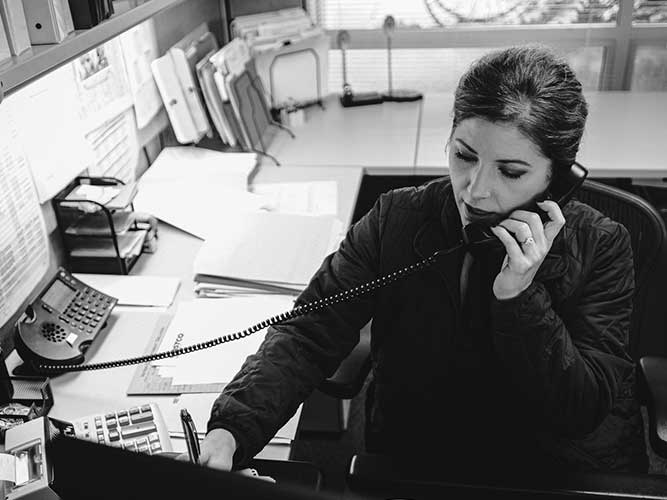
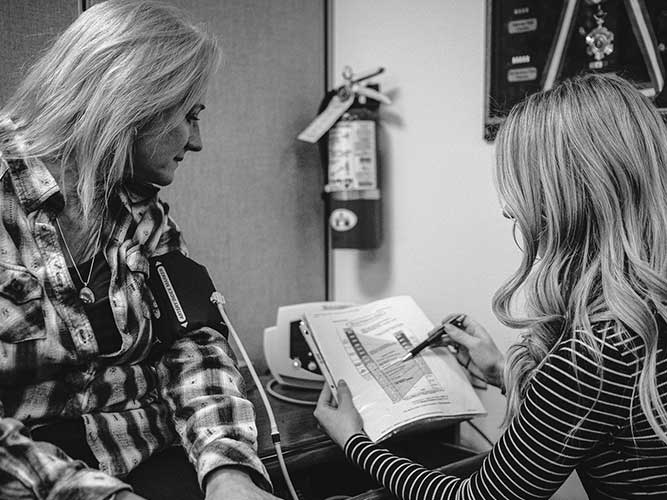
Human Resources
Multiple functions are managed by our Human Resources department, including positive employee and labor relations, benefit administration, workplace health and safety, recruitment and employment processes.
